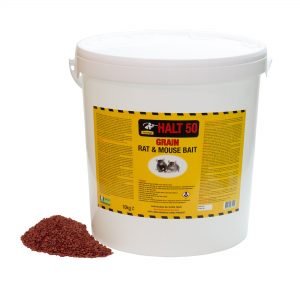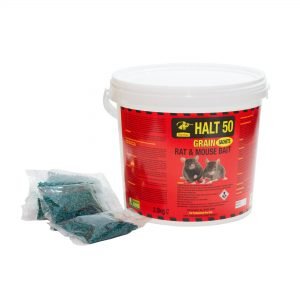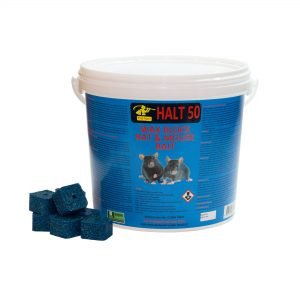Pied Piper Chemicals Ltd. rodent control products sold in the majority of co-ops, agristores, hardwares, and directly from Pied Piper Chemicals. Sizes range from 150g-25kg in grain and wax block form. Also quotations for pest control services available.
Damage
In common with all animals of the order Rodentia, rats and mice possess a set of incisor teeth which, like human finger nails, continue to grow throughout the animal’s life. To keep these incisors down to manageable size it is necessary for the animal to gnaw regularly on hard substances; such items as lead water pipes, electrical cables and fitments are frequently attacked, leading to flooding and possibly fire through short circuiting of damaged wiring.
Disease
Perhaps the most historically spectacular disease associated with rats was the great plague or “Black Death” which wiped out a quarter of Europe’s population in the 14th century. This disease was transmitted by the flea of the ship rat (Rattus rattus). Fortunately, outbreaks nowadays are rare. There is, however, a list of other diseases transmitted to humans by the common Brown Rat (Rattus Norvegicus) and the house mouse (Mus domesticus). 1 Weil’s Disease (Leptospiral Jaundice) 2 Salmonellosis (Food Poisoning) 3 Trichniosis (via infected pork products) Rat-Bite Fever (via infected rodent saliva) Murine Typhus (via rodent body lice) Many rodents are known to carry the above organisms and there is always a risk that these may be passed on the human beings who frequent places supporting an infestation of rodents.
Contamination
The amount of foodstuffs consumed by rodents is relatively small. Rats require about 2ozs of food per day plus about 4ozs of water. Mice, on the other hand only require 1/10oz of solid food and can survive without a water supply, being able to extract their moisture requirements from their solid food. The greatest threat to foodstuffs by rodents is by contamination. This can take one of three forms; hairs, droppings and urine droplets all of which are deposited by rodents on the surface over which they pass and the food on which they dine.
Rats produce about 40 droppings per day, mice twice that number. Therefore, a population of 100 mice would produce a little under 3 million droppings in 12 months – all potential contaminants of food destined for human consumption. It can be seen from this simple calculation that contamination far outweighs consumption as a problem for a person in the food business.





